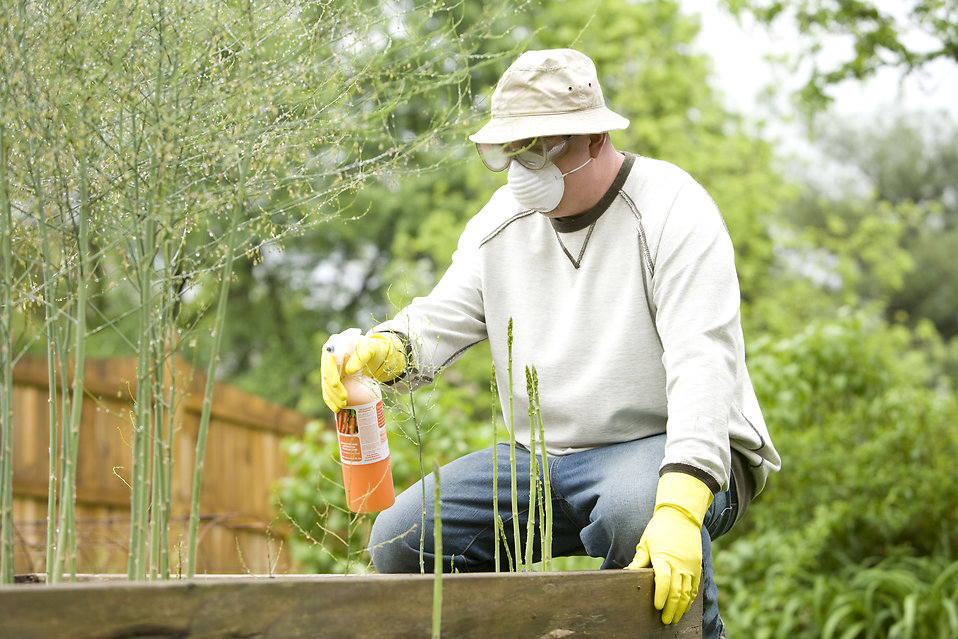Tea tree oil is among several hazardous substances which have met the criteria for reassessment by the Environmental Protection Authority (EPA).
The authority has identified the need for changes to the hazard classifications of 18 substances, based on significant new information it has identified or received. The substances include pesticides, fumigants, veterinary medicines, and cosmetics.
Many ingredients in cosmetic products and toiletries have hazardous properties. This includes those that are “natural”, for example, essential oils.
Tea tree oil can cause skin and eye irritation. However, there is no detail currently listed on how toxic it is to breathe in.
“Under these changes, an inhalation warning would be added to the hazard classification for tea tree oil. This would be primarily for the benefit of manufacturers, who handle the substance in large quantities,” says the EPA’s acting General Manager of Hazardous Substances and New Organisms, Dr Clark Ehlers.
“Consumers, who generally only use a little tea tree oil at a time, should not be concerned by the proposed changes.”
Reassessments are considered by a decision-making committee, and involve taking another look at already-approved substances.
Establishing grounds for reassessment is an administrative first step, and does not involve detailed analysis. From here, a reassessment application will follow, to make the required changes for the 18 substances and more than 100 mixtures that contain them.
In this instance, the application would be for a modified reassessment, which cannot revoke an existing approval (or “ban” a substance). The aim is to ensure that EPA hazard classifications are in line with others internationally, and that risks are being managed accordingly.
Hazard classifications describe whether a substance is explosive or flammable, for example, and its human health and environmental effects. Any changes to hazard classifications may also have an effect on the rules that apply to the substances.
The full decision on grounds for reassessment is here and readers can find out about the process for reassessing hazardous substances here.
The EPA Safer Homes guidance on natural, plant-based or organic products is here.
Source: Environmental Protection Authority












